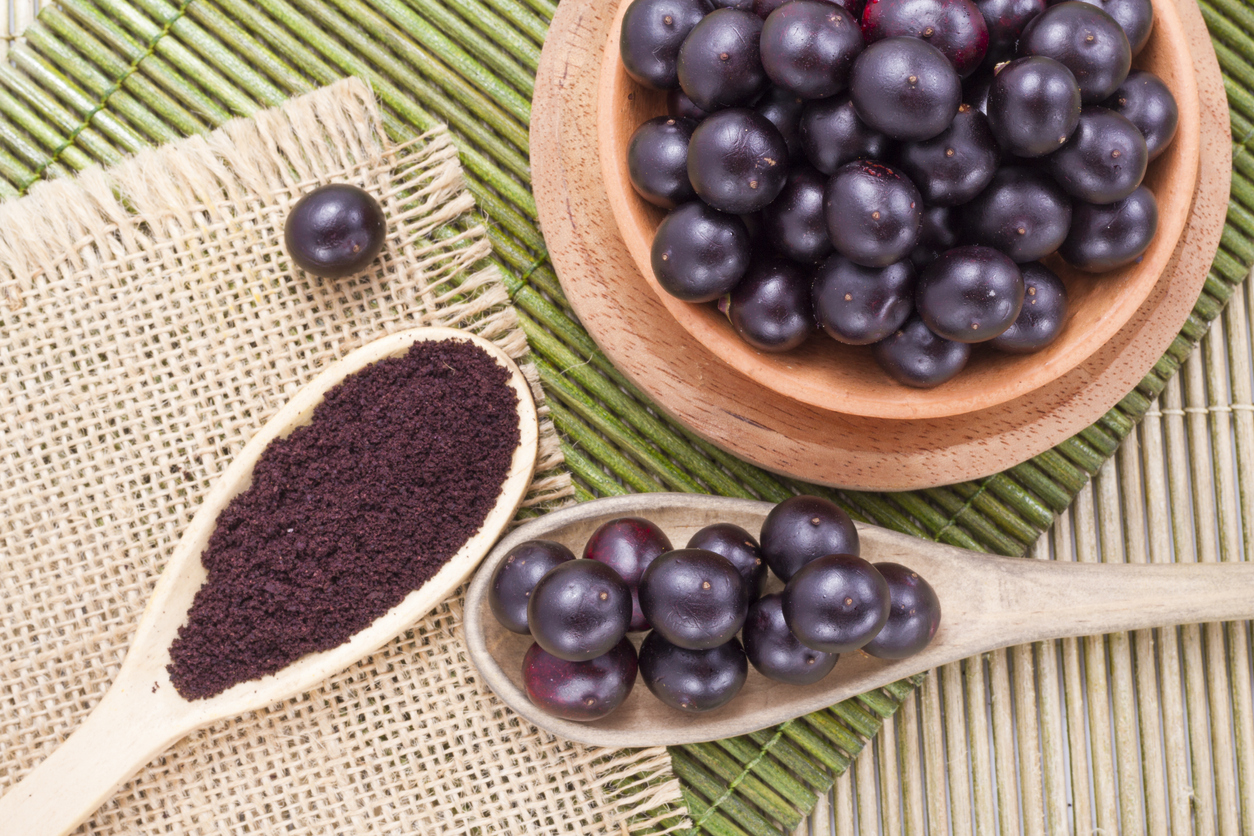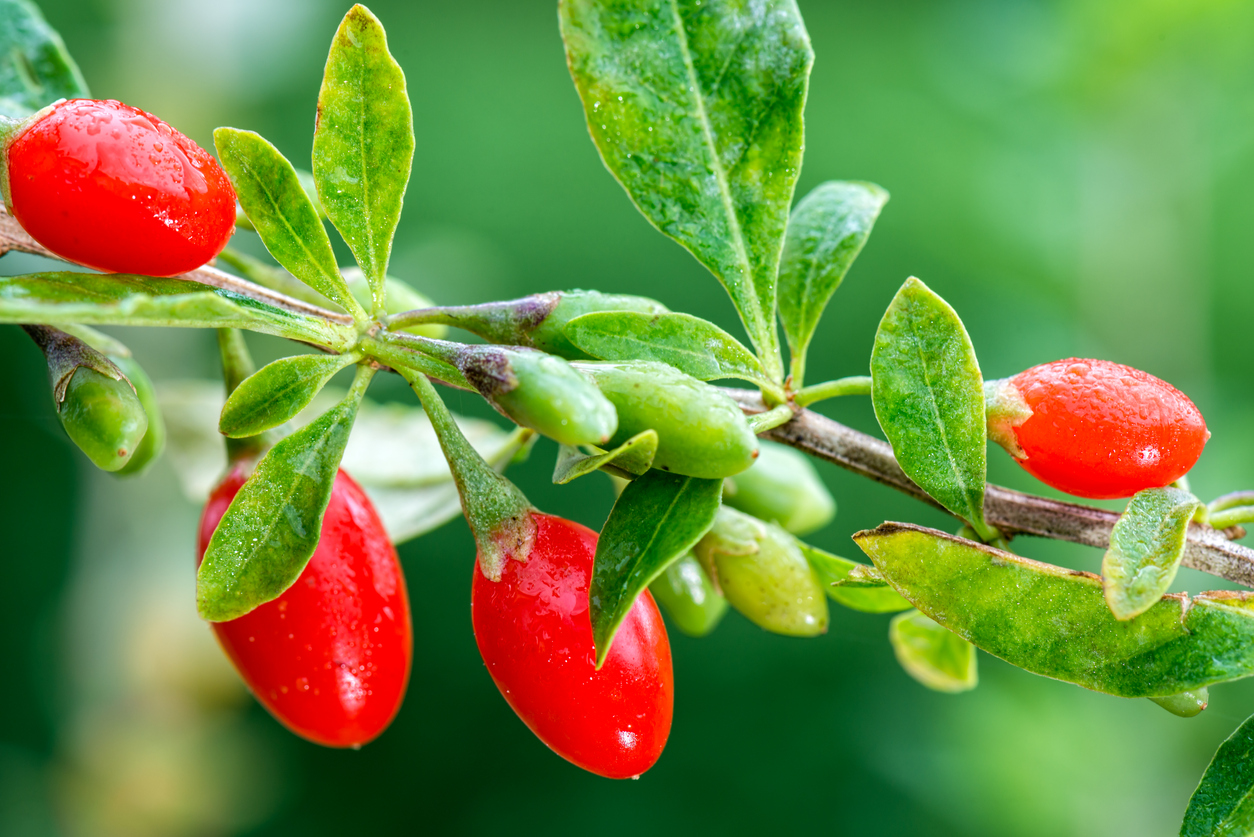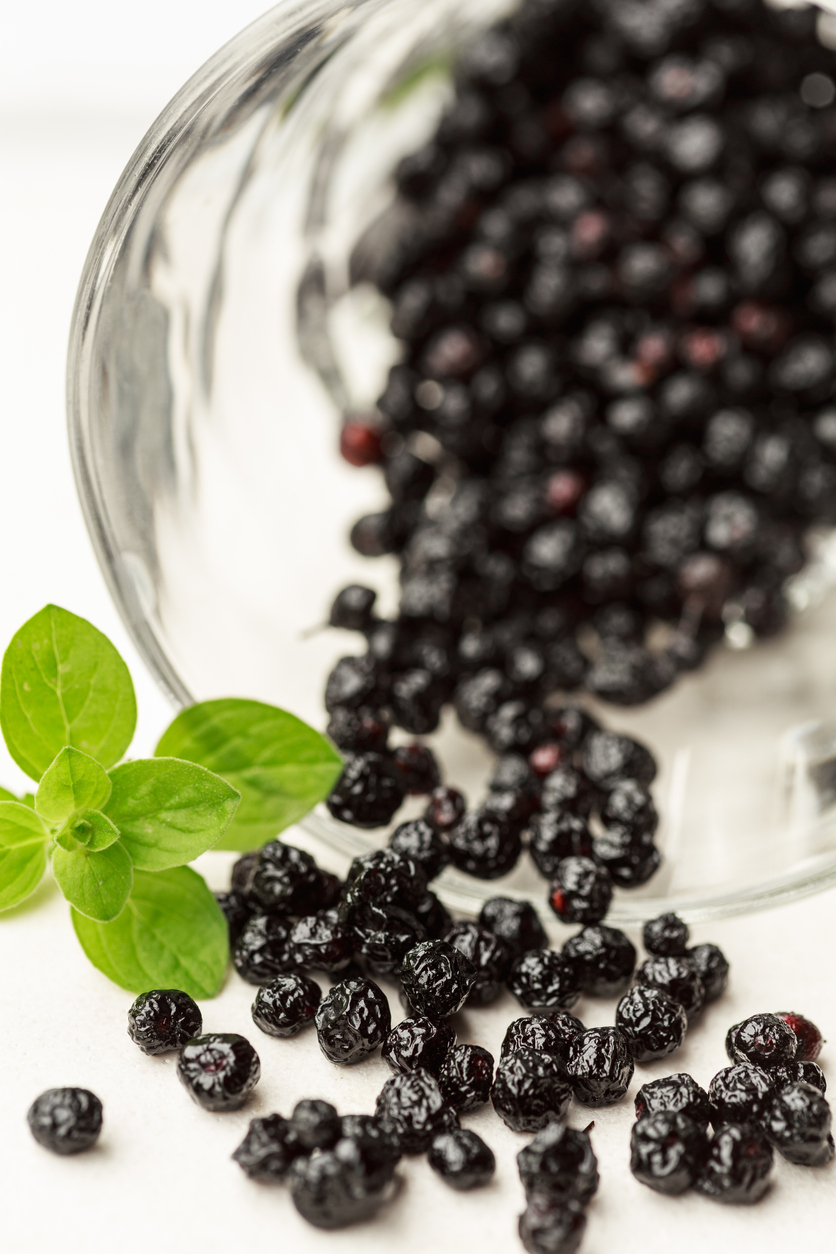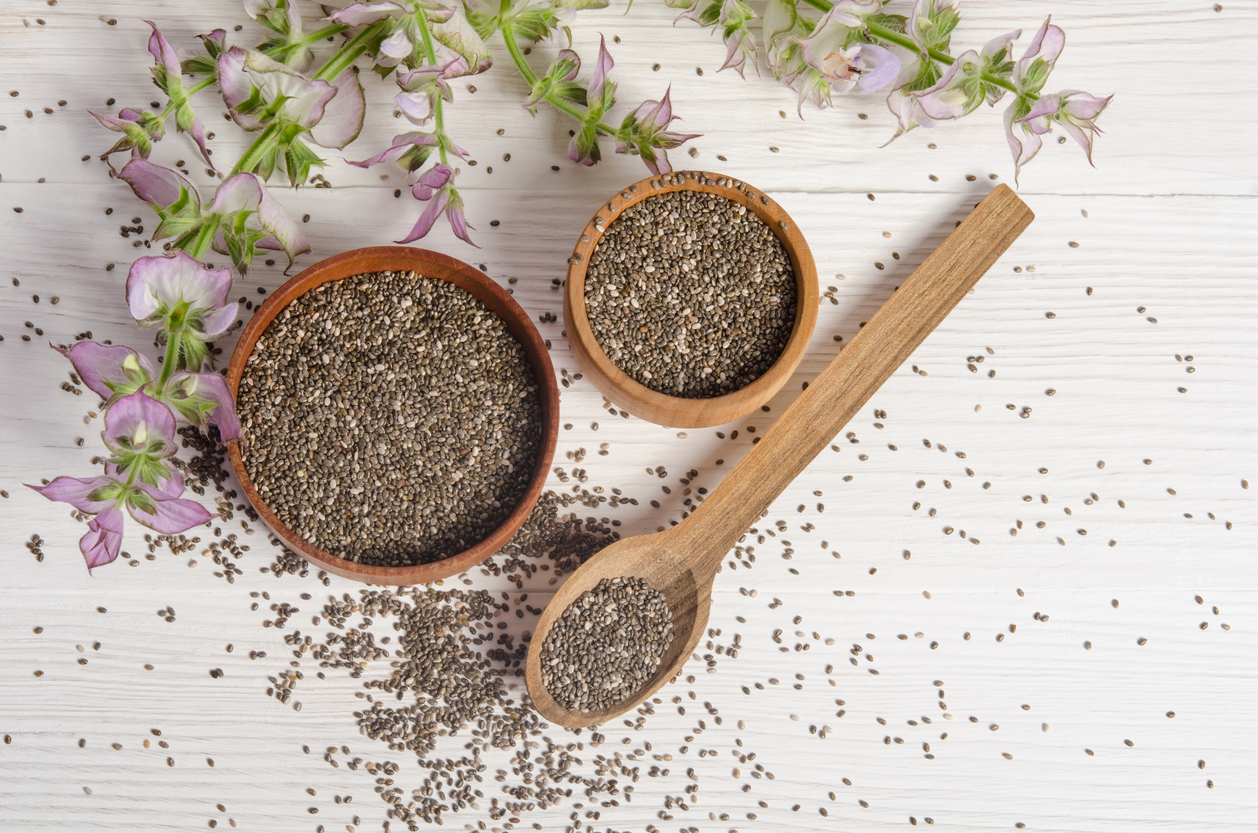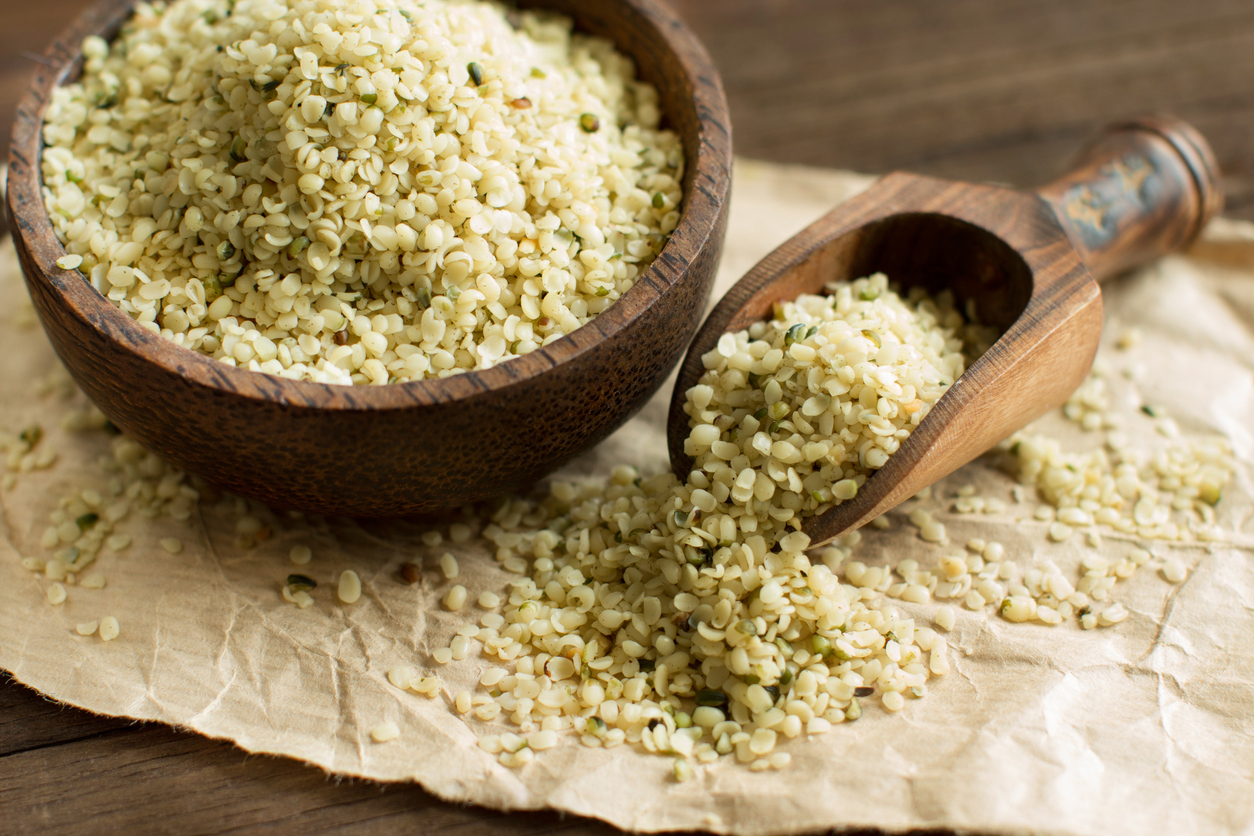Five ‘Brain’ Superfoods (Part 1)
It seems that every other week the media showcases a new, exotic superfood from some hard-to-pronounce jungle or desert, or a super brain supplement, promising to remove any traces of memory loss and boost cognition to untold heights.
Proponents of these superfoods and supplements advise that they have unique properties which no other food contains, and suggest that consuming them will transform us into super beings, to enjoy the energy level of toddlers, whisk wrinkles away and reinvigorate our memory.
Some of them are portrayed as containing the elusive fountain of youth.
Others promise to enhance brain health to new levels.
The enormous energy demands of the brain coupled with its production of free radicals means that it does need a stable source of high quality fuel and specific nutrients with which to neutralize the damaging effects of free radicals.
However, whether the vast variety of superfoods can deliver on their promises for brain support is not well researched.
After many years of research into this area, with a particular interest in foods that support optimal brain health, I strongly believe that our diets should be excellent, and that on top of this, our nutritional foundation, some superfoods can support optimal brain health.
But we should not expect them to perform miracles, nor rely on them to support a less-than-optimal diet. And we cannot stay healthy by living on smoothies sprinkled with superfoods.
Here are five examples of superfoods that have some research to support their consumption, along with some warnings about their use.
Part II will contain a description of another five superfoods that can easily be incorporated into an already-healthy diet.
• Acai (pronounced ah-sigh-EE) berries are found on a Brazilian palm tree, deep in the Amazon forests of South America.
They flourish in the flood plains, tributaries and estuaries of this vast forest. Brazilians have eaten them as a staple in their diet for centuries, but because they spoil quickly it has taken longer for the rest of the world to catch on to their amazing potential.
They are therefore processed to make them available to Western consumers.
The color of these bright berries carries their antioxidant power, which is especially useful to counter the copious quantity of free radicals that are produced in the brain.
Check that your berries are being sourced from a sustainable region, and that they are organic.
Check that there are minimum fillers added to them when they are in powder form.
When in juice form, check what amount of Acai juice is actually present in the final product and how much fruit juice or sugar the final product contains.
• Goji berries are very high in antioxidant potential, and are readily available in dried or juice form. These tiny berries, also called wolfberries, may be one of the most nutritionally dense foods on earth.
To survive daytime temperatures of 40 ˚C/104 ˚F and -30 ˚C/-22 ˚F by night, they had to develop survival ‘properties’ which researchers believe are partly responsible for their nutrition profile.
They also contain vitamin C, fiber, iron, vitamin A and zinc, and all eight amino acids, so are a good source of plant protein.
In addition, they contain four unique polysaccharides (complex sugars which are bound to proteins), which have never been encountered together in any other of the world’s thousands of botanical species.
Make sure the goji berries you consume are organic, and that they are dried in the sun, not in factories using artificial heat, as sunlight protects their delicate enzymes and maintains some of their nutrient density.
In addition, be aware that there have been cases of people who are allergic to other plant foods who are also allergic to these berries.
So if you have other plant food allergies, and you have started experiencing symptoms after eating goji berries, then it may be wise to stop eating them.
There has also been a case of extreme photosensitization due to the consumption of these berries.
• Maqui berries, also called Chilean Wineberries, are intensely purple and the size of small grapes. They grow wild on bushes in southern Chile.
The indigenous Indians eat them in great quantities when they ripen in spring. Unlike some of the other superfood berries, these berries are very sweet, so eating them fresh is a pleasure.
They are rich in anthocyanins, found in the purple pigment, which is high in antioxidant potential. They also contain compounds called delphinidins, which are potent anti-inflammatory agents.
Marketers claim they contain more antioxidant potential than Acai berries, pomegranates, mangosteen fruit, goji berries and red wine, which makes them very useful to our busy brains.
Keep in mind that processing may lower the amount of antioxidants available, and there has been no research to assess whether eating them year-round is healthy.
• Chia seeds are believed to be a super food, and although they do contain more omega-3 than flax seeds do, it is important to crush them to benefit fully from these nutrients.
A specific test (the Sibbald method) was conducted on Chia seeds to compare how much true metabolizable energy is available when they are crushed compared with when they are left whole.
Crushed, they provide 4 089 kilocalories per kilogram of energy; uncrushed and whole they only provide 693 kilocalories.
These results are also an indication of how much essential fatty acids (EFAs) are easily available for absorption when they are in either of these forms. This is a significant difference, especially if you are relying on these seeds to provide all your omega-3 requirements.
They simply cannot provide all your EFA needs if they are whole, and buying them crushed exposes them to oxidation.
Due to their EFA content you should choose organic seeds that have been refrigerated from the time they are harvested in the field, to store to your refrigerator.
As the brain is 60% fat, and as 22-25% of that fat should be EFAs, the omega-3 fats in these little seeds are a great brain food.
You can enjoy them with breakfast after soaking them overnight in a glass of water or coconut milk, but keep in mind they will only release their omega-3 if they are crushed properly in a powerful blender or if you can chew them thoroughly before swallowing.
• Hemp seeds have an amazing history, and they are now also becoming better known and appreciated for their great nutrient content.
Misleading information has surrounded hemp with mystery, due to the mistaken belief that they have the same cognitive effects – when eaten – as their distant cousin, the marijuana plant, has when smoked.
In fact, there are 2 000 different varieties of cannabis plants, with 90% of them being harmless, producing oil, seeds and fiber, with the remaining 10% having high levels of tetrahydrocannabinol (THC).
Hemp can be used to make an astonishing 25 000 different products, from rope to sheets, shoes and paper – even the first Levi jeans were made from hemp.
Hemp seeds are a nutrient-dense food, containing 20% omega-3, 60% omega-6 and 12% omega-9. Hemp seeds also contain good quality protein. Hemp seeds can be enjoyed in the same way as other seeds, sprinkled over salads, in smoothies and in breakfast cereals.
Once again, like Chia seeds, they are great brain food and due to their EFA content you should choose organic seeds that have been refrigerated from field, to store to your refrigerator.
These nutritious berries and seeds can provide valuable vitamins, minerals, antioxidants and EFAs to an already-healthy diet. Sprinkle them on salads, stir them into smoothies, use them in homemade breakfast cereals, and eat them as snacks, but do not heat them.
Without the correct, nutrient-dense, foundational ‘normal’ superfoods in our diet, exotic superfoods and supplements are not going to provide us with the benefits we may have been hoping for. At best they provide some benefit; at worst, they may be a waste of money, or cause harm.
So, don’t believe all the ‘hype’ spread by suppliers of exotic super-foods! Real, nutrient-dense, fiber-filled, fresh produce should always be our first choice.
And be careful when buying the ones mentioned above – their growing, harvesting and storage conditions do affect their nutrient content and ability to nourish us (and our precious brains!).
[If you already own my recipe book, you know how to use normal foods with superfoods like these, creatively, to prepare the best brain boosting meals possible. If you do not yet own my recipe book, click this link.]
Part II contains five more superfoods that can be added to an already-healthy diet.
References
1. Amagase H, et al. Lycium barbarum (goji) juice improves in vivo antioxidant biomarkers in serum of healthy adults. Nutr Res 2009 Jn; 29(1): 19-25.
2. Larramendi CH, et al.. Goji berries (Lycium barbarum): risk of allergic reactions in individuals with food allergy. J Investig Allergol Clin Immunol 2012; 22(5): 345-50.
3. Gómez-Bernal S, et al. Systemic photosensitivity due to Goji berries. Photodermatol Photoimmunol Photomed 2011 Oct; 27(5): 245-7.
4. Escribano-Bailón MT, et al. Anthocyanins in berries of Maqui (aristotelia chilensis (Mol.) Stuntz). Phytochem Anal 2006 Jan-Feb; 17(1): 8-14.
5. Zafra-Stone S, et al. Berry anthocyanins as novel antioxidants in human health and disease prevention. Mol Nutr Food Res 2007 Jun; 51(6): 675-83.
6. Schauss AG, Wu X, Prior RL, Ou B, Huang D, Owens J, Agarwal A, Jensen GS, Hart AN, Shanbrom E . Antioxidant capacity and other bioactivities of the freeze-dried Amazonian palm berry, Euterpe oleraceae mart. (acai). J Agric Food Chem 2006 Nov 1; 54(22): 8604-10.
7. Ayerza, A & Coates, W. Chia: Rediscovering a Forgotten Crop of the Aztecs. USA: University of Arizona Press; 2005.
8. Erasmus, U. Fats that heal, fats that kill. Burnaby BC, Canada: Alive Books; 1993.


